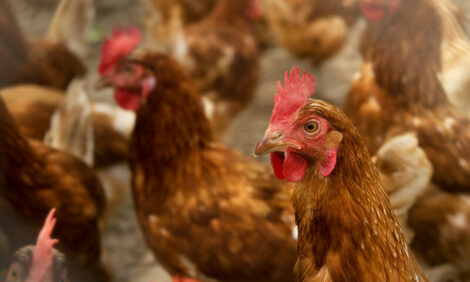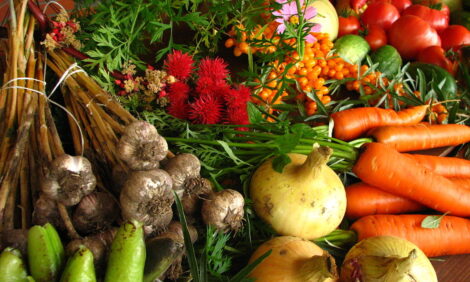



Which Bird Comes Top of the Class?
AUSTRALIA – Having commercial and traditional poultry breeds in New South Wales schools is teaching children that chickens are farmed but can be pets too.Easy to maintain and fitting well with the agriculture syllabus, poultry are a great enterprise for a school, according to Carolyn Carden, agriculture teacher at Galston High School.
She says commercial broiler and layer breeds can be used to introduce farm business and agricultural economics, while breeds like Silkies and Light Sussex can give students confidence at shows.
“There’s a multitude of different reasons for keeping birds,” said Mrs Carden, in a recent interview with Poultry CRC.
“We decided to choose breeds for quite a few different reasons.”
Different breeds show variety of feathers, comb types, legs and different body sizes, which is important for Mrs Carden’s goals for her students.
A series of videos about keeping chickens in schools are being made in collaboration with the territory education authority. Poultry veterinarian, Dr Brendan Sharpe, features in the videos, offering advice on buying chickens for a school.
Whether meat, layer or pure-bred, all birds have a role within a school scenario, he explained.
“I certainly recommended soft-feather varieties, these are your typical meat and egg producing birds,” said Dr Sharpe.
“Hard-feather varieties are game fowl – they’re often very flighty and I think are difficult to keep in a school situation.”
“Whether you choose standard of bantam varieties will depend on how much space you have available.”
He recommends specialist veterinary advice on vaccination and health planning. He says you can avoid problems by buying vaccinated pullets at point of lay.
Galston students see the birds yield produce and win prizes with a wide variety of breeds. Mrs Carden stresses that they all have there merits.
She added: “Smaller breeds like silkies are easier to handle. Its good to have breeds that are harder to handle and bigger so it feels like they have more confidence.”
“Its good to have rare-breeds because that allows a good opportunity when they’re showing to win prizes.
“We have Silkies, we have Buff Sussex and Light Sussex breeds, we have Silver Spangled Hamburg which are a soft feathered breed too but are a smaller sized bird.
“We also have Faverolles, an old fashioned French breed donated to the school.”
She stressed the importance of children understanding that agriculture is not simply about loving animals but also producing food.











